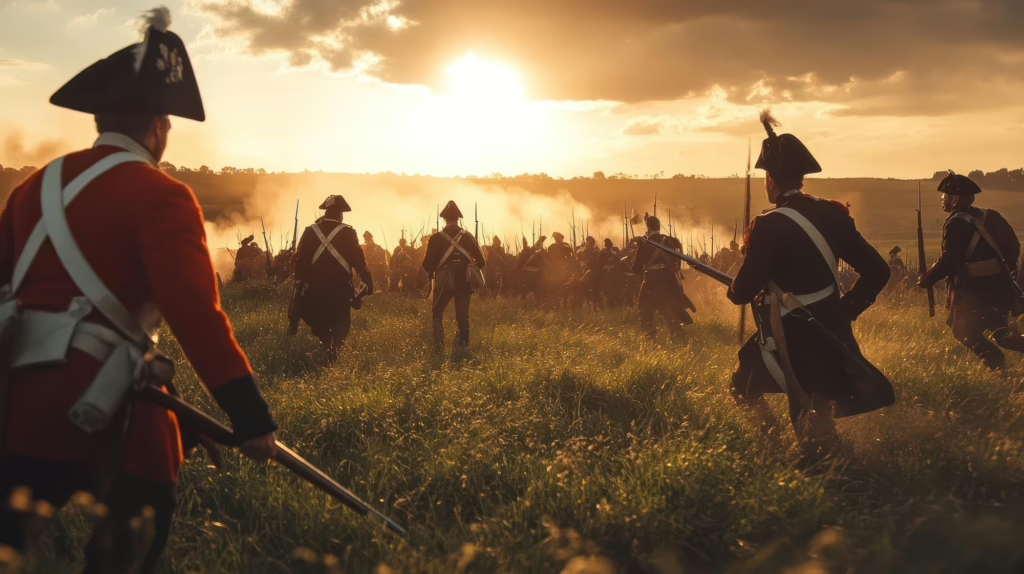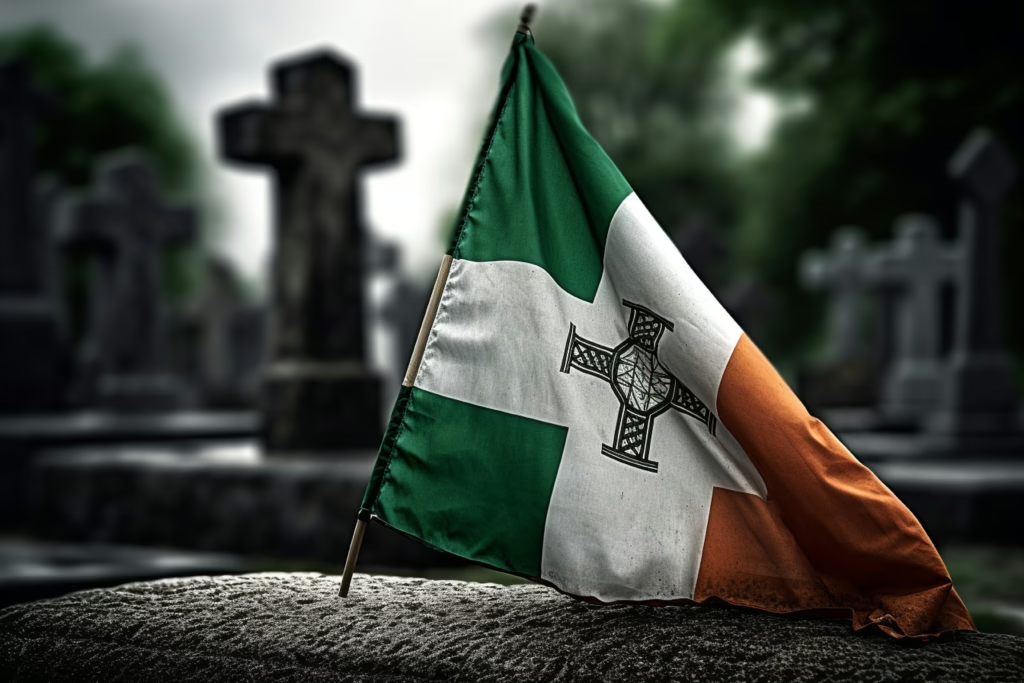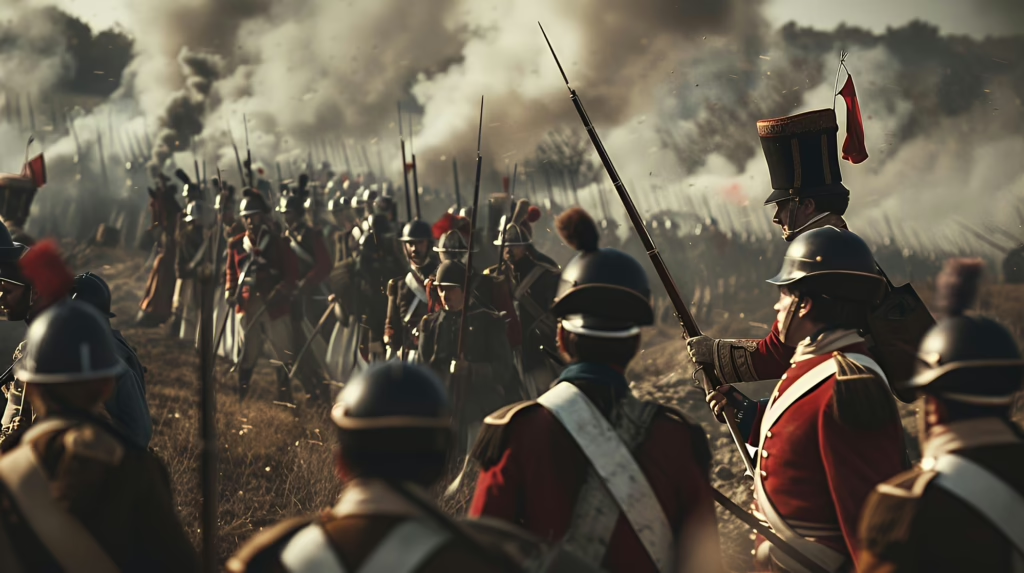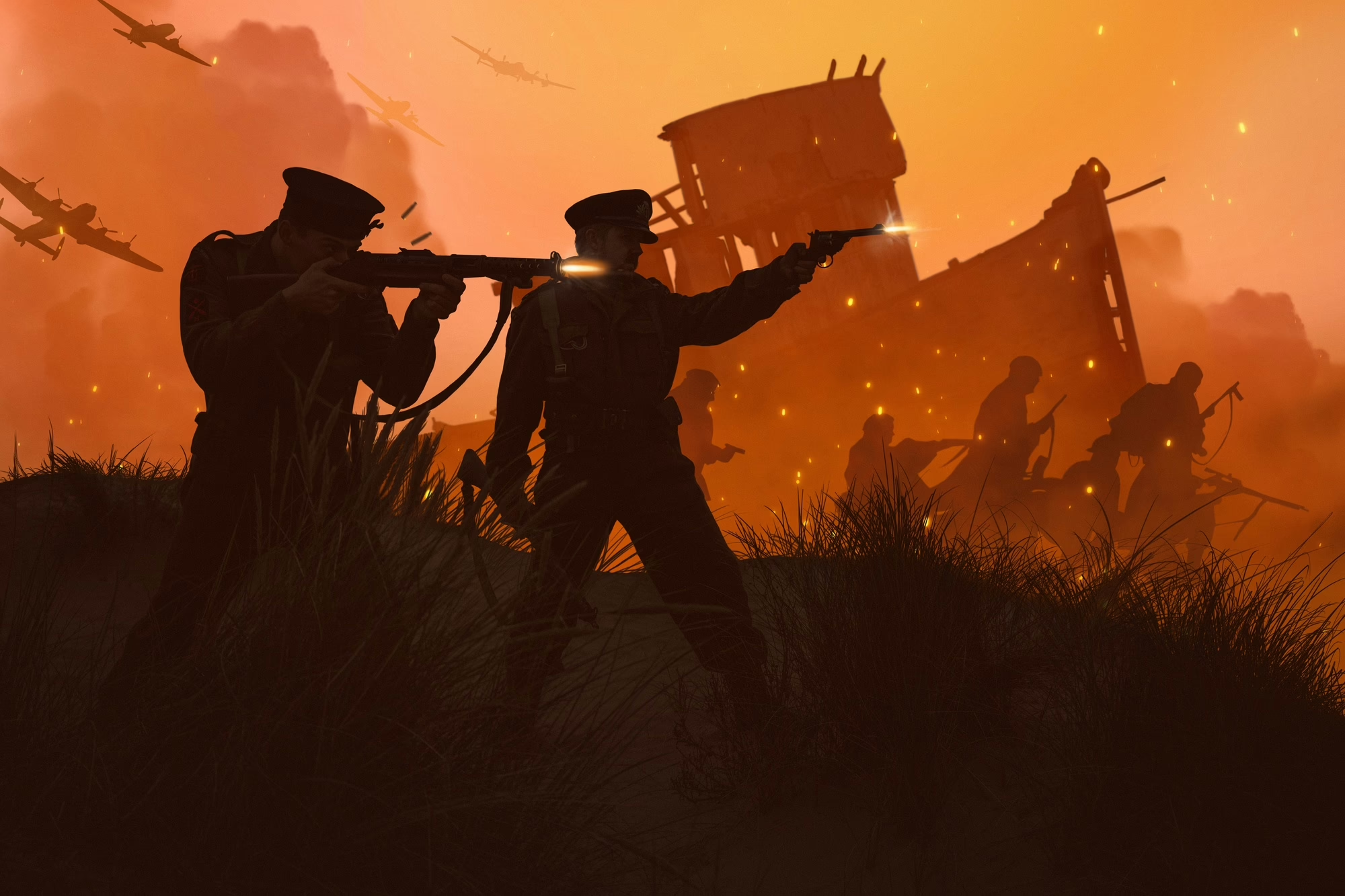“Easter, 1916“ is one of W. B. Yeats’s most politically charged and historically significant poems, written in response to the Easter Rising—a failed but symbolically powerful Irish nationalist rebellion against British rule that took place in April 1916. This poem captures the deep ambivalence, inner conflict, and eventual transformation of Yeats’s political consciousness, making it not just a memorial to the executed revolutionaries, but a profound meditation on the nature of sacrifice, heroism, and national identity.

Historical Context
The Easter Rising took place during World War I, when a group of Irish nationalists, including members of the Irish Republican Brotherhood and the Irish Citizen Army, staged an armed insurrection in Dublin with the aim of establishing an independent Irish Republic. Although the uprising was poorly planned and swiftly suppressed by British forces, the execution of its leaders by the British government shocked and galvanized public opinion in Ireland. The aftermath marked a significant turning point in Irish history, paving the way for the Irish War of Independence and eventual partial independence from British rule.
Yeats, a prominent figure of the Irish Literary Revival and long known for his cultural nationalism, had a complex relationship with the political sphere. He had once distanced himself from violent revolutionary politics, but the Easter Rising—and especially the martyrdom of some of its leaders—moved him deeply. Several of the revolutionaries were personal acquaintances, including Patrick Pearse, Thomas MacDonagh, and Major John MacBride, the estranged husband of Yeats’s longtime muse, Maud Gonne.
Composition and Publication
Yeats composed “Easter, 1916“ in the months following the Rising, completing a draft by September 1916. However, he withheld it from publication until 1921, by which time the political landscape of Ireland had dramatically shifted. The poem was finally published in The New Republic (1921) and later included in his collection The Wild Swans at Coole (1919 edition).
Structure and Form
The poem is composed in four stanzas of irregular length. The stanza lengths—16, 24, 32, and 16 lines—are not arbitrary; some scholars interpret them as symbolically echoing the date of the rebellion (April 24, 1916). The poem alternates between meditative, reflective language and sharp, emphatic declarations. It employs iambic meter with variations and a conversational tone that captures the speaker’s evolving emotional response to the events.

Themes and Analysis
1. Ambivalence and Emotional Transformation
Yeats begins the poem with a tone of detachment, recalling casual acquaintances and political figures he used to mock or ignore in daily life. He writes:
“I have met them at close of day / Coming with vivid faces…”
This tone gradually shifts from condescension to reverence, as Yeats confronts the enormity of the rebels’ sacrifice. The speaker acknowledges that those he once saw as insignificant have been transformed by their unwavering commitment:
“All changed, changed utterly: / A terrible beauty is born.”
This refrain becomes a haunting motif, capturing the paradox of revolutionary sacrifice—its nobility intertwined with suffering and loss.
2. The Idea of Martyrdom and Sacrifice
Yeats grapples with the notion of sacrifice. The revolutionaries have laid down their lives for a cause—yet the poet questions the necessity and impact of that sacrifice. Was it justified? Was it rash? He respects their conviction but does not offer a straightforward endorsement. In this sense, the poem becomes a philosophical meditation on the consequences of idealism turned into action.
3. Nature and Permanence
The poem uses symbolic imagery to explore permanence versus change. The stone in the stream symbolizes the rebels’ immovable will amidst the flow of ordinary life. This metaphor shows how their actions disrupted the rhythm of everyday existence and left a lasting mark:
“Hearts with one purpose alone / Through summer and winter seem / Enchanted to a stone…”
4. Commemoration and Poetic Responsibility
Yeats feels compelled to immortalize the dead in verse, listing the names of several martyrs. But even in honoring them, he questions whether their deaths will be remembered with gratitude or sorrow. The poem expresses a poet’s duty to commemorate history while still wrestling with its ambiguities:
“Now and in time to be, / Wherever green is worn, / Are changed, changed utterly: / A terrible beauty is born.”
Key Figures Mentioned
- Patrick Pearse – A schoolmaster, poet, and ideologue of the rebellion.
- Thomas MacDonagh – A fellow poet and academic.
- John MacBride – A soldier and nationalist, whom Yeats previously despised for marrying Maud Gonne.
- Countess Markievicz – Referenced indirectly; she was a participant in the Rising and a symbol of aristocracy turned revolutionary.
Significance
“Easter, 1916” occupies a central place in Irish literature and in Yeats’s oeuvre. It is often cited as the poem in which Yeats decisively engages with the political upheavals of his time. It illustrates the tension between the artist’s impulse toward contemplation and the moral imperative to respond to historical events. Moreover, it exemplifies how poetry can both commemorate and interrogate political sacrifice.
Yeats does not glorify violence; rather, he dignifies human passion and idealism while acknowledging the complexity of revolutionary change. The poem’s refrain, “A terrible beauty is born,” captures the essence of this duality—where beauty is inseparable from horror, and heroism from tragedy.

Conclusion
“Easter, 1916” is a landmark modern poem that transcends its immediate historical moment to speak to broader concerns about memory, change, heroism, and national identity. Through its rich symbolism, layered tone, and philosophical depth, Yeats masterfully transforms a political event into an enduring poetic meditation. The poem remains a testament to how individual lives, when aligned with purpose and sacrifice, can alter the course of history—forever changing not just the nation, but the heart of the poet himself.

